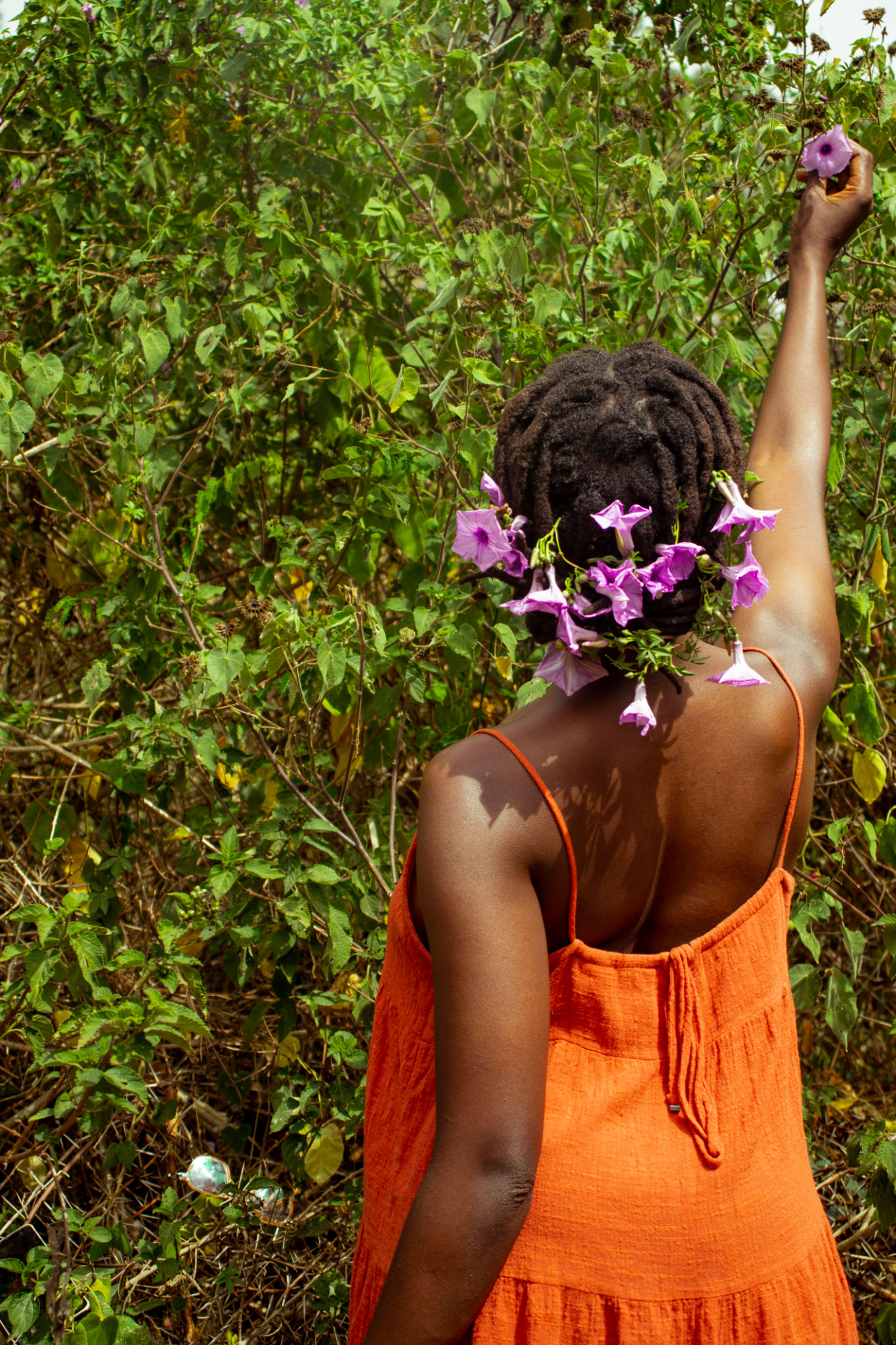JAMAICA'S HIDDEN ROOTS: How Moorish Voyagers, Taíno Herbalists & Maroon Rebels Shape INDIGITEA's Blends
YOUR TEA's UNTOLD HISTORY REVEALED
Beneath Jamaica’s postcard beauty lies a explosive truth: this island’s first freedom fighters weren’t who you’ve been told. When Columbus arrived in 1494, Spanish logs describe black-skinned people already living free in the mountains—wearing woven clothes, speaking unfamiliar tongues, and harvesting herbs with precision.
Who were they? And why does your tea taste like rebellion? Let’s unravel 700 years of buried history.
Q: Were there Africans in Jamaica before slavery?
A: Spanish records confirm free black communities in Jamaica by 1494, likely including Moorish refugees and survivors of Mali's 1311 Atlantic expedition.

Chapter 1: The Forgotten Firstcomers
1311 AD - The Mali Expedition
Emperor Abubakari II sends 2,000 ships west across the Atlantic. Malian griots whisper that some survived. Centuries later, Spanish colonists find stone carvings at Rio Bueno bearing uncanny resemblance to Mandinka warriors. As highlighted in the Smithsonian's Mali Voyages exhibit:
Smithsonian African Voyages to the Americas, and The Savanna Tribune
Peer-reviewed article exploring Abubakari II's 1311 expedition, published by Smithsonian Magazine.
1492 - The Moorish Escape
When Spain falls to Christian rule, thousands of African-descended Moors flee persecution, many as skilled navigators. By 1494, just two years later, Columbus encounters “black men dressed like Moors” in Jamaica’s highlands. Coincidence?
Taíno Witness Accounts
Pre-colonial cave art in St. Elizabeth shows figures with distinctly African hairstyles alongside Taíno symbols. Oral histories speak of “dark-skinned traders from across the sea” bringing new plants and remedies.
Chapter 2: The Maroon Conspiracy
The establishment wants you to believe:
❌ All Black Jamaicans descend from slavery
❌ The island was “empty” before 1494
❌ Herbal wisdom came only from Taíno or Africa
But Maroon elders tell another story:
✅ “We had always been here” (Nanny’s oral histories)
✅ “Our first ancestors arrived in canoes, not chains” (Moore Town traditions)
✅ “The land remembered us” (Accompong proverb)
University of West Indies’ Maroon Research Collection
Official archive of Maroon history, oral traditions, and herbal medicine practices from Jamaica's premier university.
Genetic Revelations
Recent DNA studies by the University of the West Indies confirm:
- 90% of Jamaicans with “Taíno ancestry” carry African markers predating 1500s
- The Accompong Maroons’ unique haplogroup links to Senegal—and ancient Mali
Chapter 3: The Herbal Resistance
This is where your tea becomes revolutionary.
Moorish Survival Herbs
- Ginger/Turmeric (Warrior’s Brew): Used by Mali Empire medics for inflammation
- Cerasee (Freedom Blend): Moorish detox protocols mirroring North African bitter tonics
- Soursop (Roots & Resilience): Taíno sedative + West African anti-parasitic knowledge
The Forbidden Fusion
Maroon bush doctors didn’t just preserve African or Taíno medicine—they merged them with Moorish botanical science, creating an underground pharmacopeia that kept their people free.
Why INDIGITEA Honors This Legacy
Every pouch contains:
🌿 The Mali Empire’s circulatory boosters
⚔️ The Moors’ digestive bitters
🍃 The Taíno’s nervine calmers
🔥 The Maroons’ rebel resilience
This isn’t just tea—it’s liquid archaeology.
THE TRUTH THEY TRIED TO BURY
Colonial powers needed you to believe:
- All Black people came enslaved
- Jamaica had no sophisticated pre-Columbian culture
- Herbal wisdom was “primitive”
But the plants don’t lie. The DNA doesn’t lie. And neither does the first sip of cerasee tea that ancient, defiant bitterness that says: “We were always free.”
FDA-compliant research on cerasee's benefits shows:
NIH Study on Momordica charantia (Cerasee)
National Institutes of Health review of cerasee's bioactive compounds and traditional uses, compliant with FDA disclaimer standards.
American Botanical Council's Cerasee Profile
Nonprofit research organization detailing cerasee's safety and ethnobotanical history.

Want the full story? We’re mapping:
- Moorish petroglyphs in Jamaican caves
- The Maroon “old language” with Arabic loanwords
- Why soursop appears in both Mali and Taíno fertility rituals

“A people without knowledge of their past are like a tree without roots.”
— Marcus Garvey (Jamaican Maroon & revolutionary)
Sip Consciously🌿